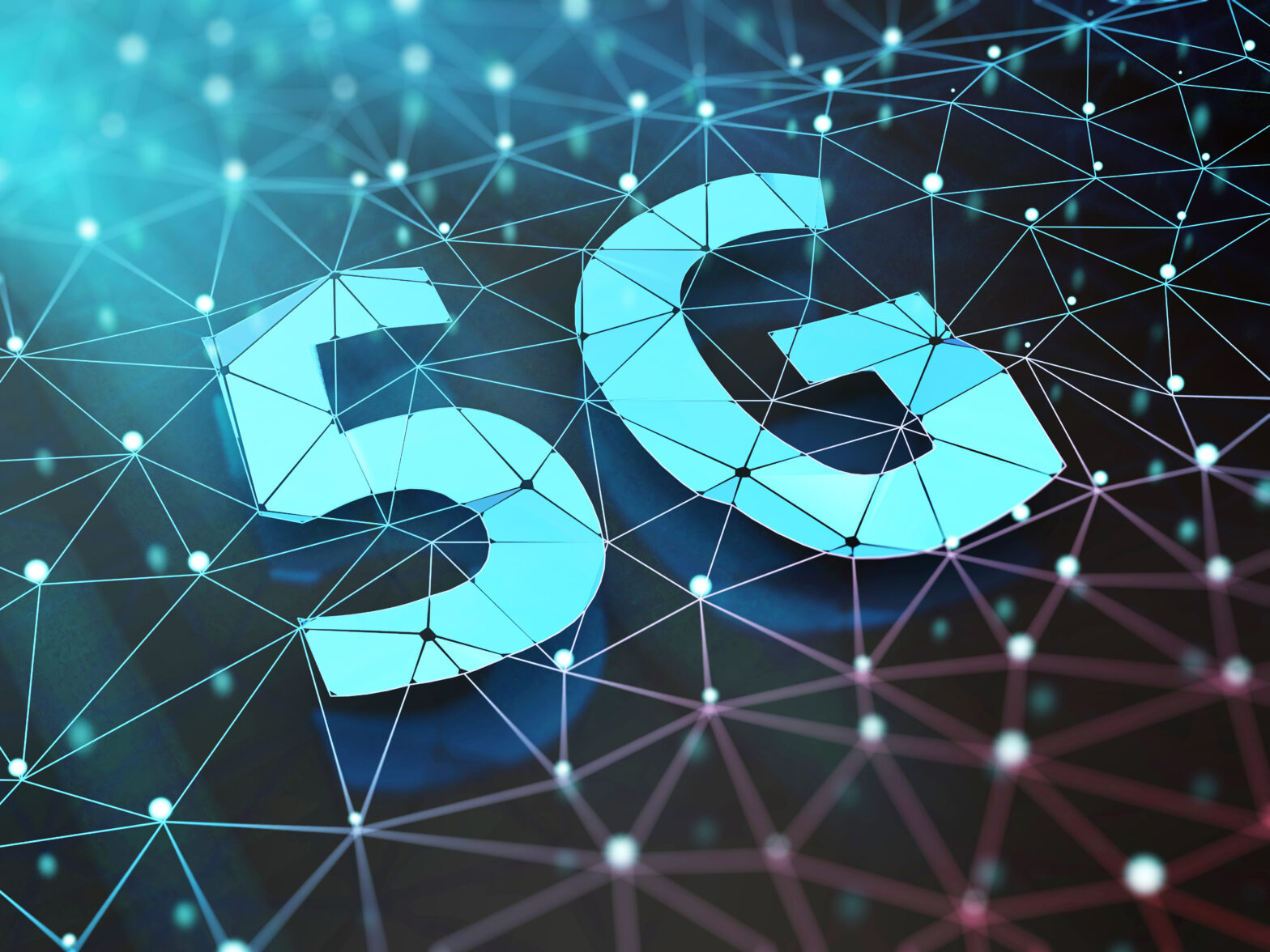With 5G set to arrive within the next five years, accounting for as many as 1.1 billion connections by 2025, the telecoms industry has a lot of work to do in keeping up with the 5G overhaul.
The industry has yet to fully implement a working and reliable 4G experience for users, which begs the question: can operators ensure 5G works sufficiently to provide a good consumer experience whilst making a profit?
The evolution through 2G to 4G has prompted rapidly increasing use of services and applications that are data heavy. Mobile data use has rocketed over the past five years – increasing 74% alone in 2015 – taking the overall global figure to around 3.7 exabytes per month.
>See also: 5G will be transformative for the UK
Behind this data explosion is the growth of streaming services, such as Netflix, and consumer’s growing use of apps – all underpinned by the expectation of having a high-speed data connection at all times.
This rising number of ‘always connected’ consumers and the proliferation of multiple connected devices including self-driving cars and delivery drones are driving service providers to take the lead in the 5G race.
Similarly, 5G’s support of IoT is another key driving factor for its high demand; after all, Gartner estimates that the amount of connected IoT devices will reach 26 billion by 2020.
Three is ready to implement an overhaul of its network, which is likely to cost hundreds of millions of pounds per year over several years, to meet the demand for data as it prepares for 5G to be introduced.
Despite this data ‘demand’, there is still work to do in identifying the right business models and revenue opportunities to monetise 5G. With 5G theoretically 40 times faster than the hypothetical limit of 4G, it will take a great deal of expensive upgrading of the current infrastructure to fulfil its claims.
>See also: EU to coordinate the connectivity of 5G
It is evident that the infrastructure overhaul will be huge – and expensive. The 5G roll out will require the current mobile networks to be more wired and the applications running on 5G need not just high bandwidth but low latency.
Similarly, service providers must ensure have the correct protocols in place to unlock the potential of 5G. They will need to ensure they have an effective Stream Control Transmission Protocol (SCTP) solution in place for Diameter signalling.
As implementations begin to roll out, the growth of Diameter will continue to accelerate so the need for a good transport layer should be a priority. If service providers aren’t prepared they could face not being able to carry the huge levels of traffic required by the host application to any and all of its possible destinations.
With this expensive upgrade in mind, will consumers be willing to pay more for 5G data to support this and if not, how will operators pay for this new infrastructure?
There is no clear plan as yet as to who will pay for this or how 5G can be monetised. If you look at the traditional business model, the service provider makes money from the subscriber, which the service provider then invests in new equipment and services.
>See also: 5G technology market set to grow rapidly
Yet, there is a danger of this chain being broken with 5G roll out. Service providers cannot guarantee that they will make money out of the subscriber because they’re not developing the new services for consumers to increase revenue.
If service providers are going to play the long game, they have to understand where that monetisation can come from. If they get it wrong, it precludes them from making money further down the line.
Despite all this talk of 5G, there is still a lot that can be done to improve current 4G networks. Research from consumer watchdog Which? found that the rest of the UK is lagging behind London when it comes to accessing 4G data services.
Therefore, service providers perhaps should focus on developing a strong 4G service for subscribers and not believe the 5G hype coming from OEMs who are desperate to develop new handset features that will require 5G capabilities.
Service providers will need to have this front of mind when learning how the current 4G network can work alongside the development of 5G. In doing so, not only can they keep up-to-date with modern-day user demands, but also protect and improve their investment in 4G.
>See also: The role of 5G in post-Brexit Britain
Everyone has experienced issues with the current 3G and 4G networks. The industry hasn’t fully utilised the technology yet, so the move to 5G isn’t necessarily going to be a smooth as some might think. It could be said that, at this point in time, users just want a good, reliable service.
Do they really care if that service is delivered by 4G, 5G or XG? If not, then why would they be prepared to pay a premium for 5G service? It is, therefore, vital that service providers have the right infrastructure, monetisation strategy and tools in place for 5G to be successfully implemented to deliver the right experience for consumers.
According to recent reports stating that every European town, city and village will deploy 5G networks by 2025, service providers will have their work cut out to provide a high level of service that end users have come to expect in recent years – as well as deep pockets.
Although the telco industry has the challenge of keeping up with end-user demand and keeping eager 5G equipment manufacturers at bay, the focus should remain on ensuring that 4G works sufficiently before turning their attention to its successor: 5G.
Sourced from Robin Kent, director of European operations, Adax










